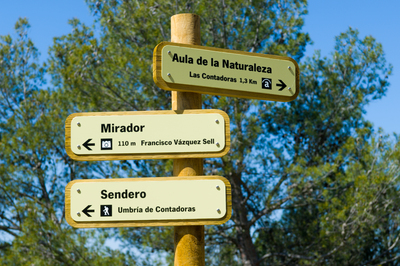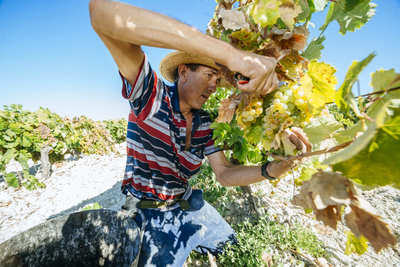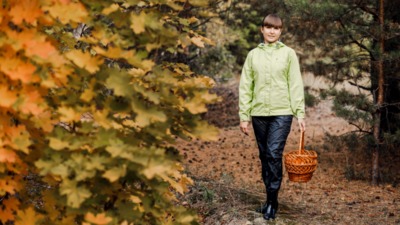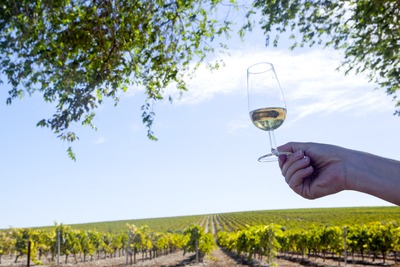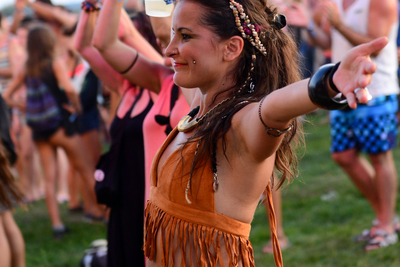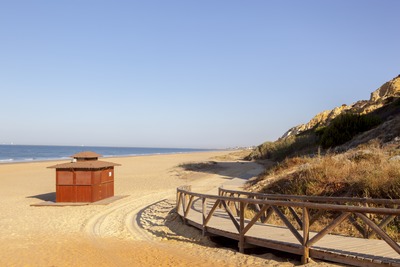The olive harvest from the verdeo to the botifuera
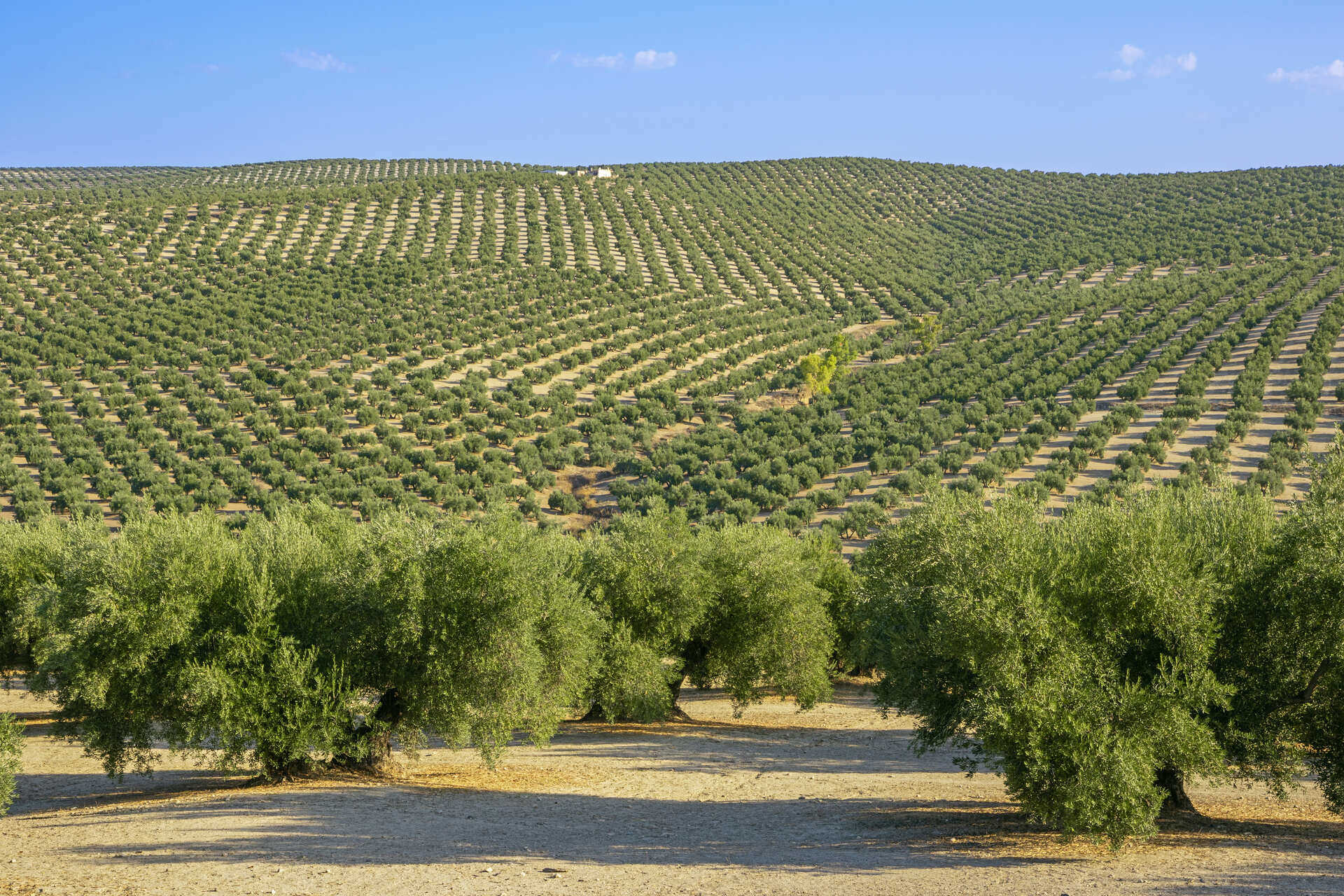
The cultivation of olive trees has been prevalent all over Andalusia since the beginning of time. Nowhere in the world will you find so many olive trees, nor are so many different, extraordinary olive oils produced, as here in Andalusia. This is certified by the existence of 13 Designations of Origin and Protected Geographical Indications, with Jaén and Córdoba at the forefront. The climate and topography of each province provide us with a wide range of oils, each with its own personality. Picual, hojiblanca, picuda, manzanilla, gordal, lechín, verdial and arbequina are just a small sample of the varieties you will discover on a pilgrimage through the land of liquid gold.
Olive trees are an essential feature of the Andalusian landscape. Extensive gridded plots extend through a territory occupied by twisted trunks, many of them centuries old, which are the source of wealth for its people, the foundation for its gastronomy and a pillar for its traditions. Andalusia and its olive groves have been inseparably linked for thousands of years.
Extra virgin olive oil, also known as EVOO, is the basis for a master recipe that enjoy a healthy life beyond 80 years, it is the pillar of the renowned Mediterranean diet. But the wise process to obtain this elixir of youth begins in the countryside, with the cultivation of the humble olive tree. The harvest begins in autumn, with the "verdeo" or harvesting of the green olives, and the campaign ends when the last basket of olives is collected. This is followed by festivities locally called "remate", "botifuera" or "botijuela", referring to the jug of wine that the owner presented to the harvesters.
Learning all about this circle of transformation, gastronomic culture in its broadest sense, from the olive to obtaining the liquid gold sprinkle over our dishes, is the basis of olive-oil tourism: experiences that combine the best of local culture and the attractions offered by rural, industrial and gastronomic tourism.
If you would like to fully participate in the olive-growing experience, there is nothing better than participating in the "Verdeo", an ancient tradition that consists of harvesting green olives (hence its name) during the months of September, October and November. There are those who patiently, almost maternally, pick the olives from the tree by hand, this technique is called "ordeño". But this is mostly done using a stick or a mechanical vibrator, a difficult job involving hitting or shaking the branches so the olives fall off but causing as little damage to the tree as possible. In some areas of Andalusia, such as Arahal and Olivares, in Seville, there are festivities to celebrate the "verdeo".
To learn more about the ancient culture of the olive grove, you really need to go to an olive oil mill, the place where olive oil is processed. The name for this mill is "almazara", which comes from Arabic and means a "press" which is what you do to extract the "juice": "press" the olives. According to written records, the first mills created to produce olive oil in large quantities date back to the 6th century BC, in Ancient Greece, although in Andalusia there are magnificent olive-oil mills from Roman times, such as the grandiose Cortijo de Robles olive oil complex, in the city of Jaén. The sector currently consists of small industrial centres that continue to undertake the same work, although using highly advanced technological means that enable high levels of quality.
There are many olive-oil mills where you can go out into the countryside, to the olive grove, to learn about the work that is done throughout the year, or where you can enjoy an olive-oil tasting. Yes, you can also drink it! You take small sips and keep them in your mouth so can trace all nuances, learn to differentiate the varieties and really appreciate the quality. And after tasting, how about letting it run over your skin as part of an olive-oil therapy treatment? These services are available at numerous spas and beauty centres located in the olive-oil producing regions Its power to rejuvenate is never in doubt, not only because of its proven health benefits, but also because of its ability to regenerate the skin.
Experiences centred on olive oil in the province of Jaén are an essential feature of a specific programme entitled "Oleoturismo Jaén" (Olive-Oil Tourism in Jaén), can be complemented with horse-riding tours and walks through a veritable sea of olive trees. And when you need to rest, nothing better than sleeping in one of the traditional farmhouses to be found all over this region and that constitute an outstanding example of Andalusian popular architecture related to agricultural activity. You should not leave without experiencing the "botifuera", a really popular festival that takes place in the spring in many Andalusian villages with an olive-growing tradition. Its origins date back to the celebration of the end of the olive harvest, when the manager or owner of the olive grove invited the workers, together with their families, to a meal in the fields on the last day of work. This involved one of the young workers previously throwing a headscarf around her neck. Watch out, you might still have to pay the penalty!


